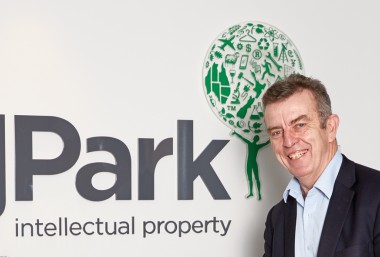Exciting new technology developed by a Kiwi startup could prevent medication errors that kill and injure millions each year.
Everyone makes mistakes, but human error can have catastrophic consequences, particularly when it comes to incorrectly administering intravenous medications. In New Zealand, 120 people die every year as the result of a medication error. That’s nothing compared to the US where over 400,000 people are injured (7,000 die) at a cost of up to $US5.5 billion annually.
It’s a problem researchers worldwide have been trying to solve for decades. Leading the charge is Auckland-based startup Veriphi. The company has developed an analyser that passes a laser beam through an IV line, bag or syringe to determine if the drug it sees is the one the medical professional intended to give the patient.
To date, more than $6 million has been invested in Veriphi, but generating ongoing revenue is vital, says managing director Greg Shanahan. The company recently completed it’s first round of capital-raising to build a beta commercial prototype in order to conduct trials.
'The pharmacy at Auckland Hospital will be trialing this prototype over the next 12 months,' says Shanahan. 'Then we’ll roll it out to four other District Health Boards (DHBs), and expand trials offshore to the Alfred Hospital with Monash University in Melbourne, and Stony Brook University in Long Island, New York. We expect to see first revenues by late 2017.'
Once it has validated the application of its technology, Veriphi plans to miniaturise it, making its devices ubiquitous throughout hospitals.
'Veriphi will be paid every time a drug is verified using our solution and that will initially be through proprietary consumable revenue ,' Shanahan says. 'Ultimately, it will migrate from the pharmacy, where the drug starts, to having a device beside every patient’s bed.'
Naturally, successfully commercialising such technology would be a game-changer. Veriphi is keen to collaborate with large tech firms and OEM manufacturers. It’s been speaking to other international companies trying unsuccessfully to develop similar products.
'A few have said that if we can come up with a valid device that works with the data to demonstrate it, then we’ve got a deal in some form. If this works, they’ve told us, everyone will want it.'
Given the potential returns, protecting its technology is essential, and Veriphi has turned to intellectual property specialist AJ Park for advice.
We’ve been working with AJ Park for over 10 years,” says Shanahan. "Having our own IP is absolutely critical, or someone could copy our technology and by the time we had any commercial momentum, there’d be a knock-off out there. Without IP protection, we couldn’t do deals with other major companies; having an array of patents is essential to protect ourselves and our future partners against competitors.
- Greg Shanahan, Veriphi
Patent attorney and AJ Park partner Matt Devine has developed an IP strategy for Veriphi that isolates what’s unique about the technology and leverages off that to ensure the best IP position going forward.
'I work with a lot of startups and SMEs, but this is certainly impressive and unique,' says Devine. 'If it takes off, it will be a billion-dollar product, so the IP strategy involves a long-term vision, getting things in place so everything is ready when it needs to be.'
'Where some companies grow organically, entering the local market and moving offshore from there, Veriphi is a little different. With a company like this, you can’t just play around in the New Zealand market and see how it goes. It’s got to be big and not everyone has the nerve to do that.'
Veriphi has patent protection in the US, Europe, China and Japan. Devine says that in the early stages, the goal is to retain as many options as possible to avoid going down paths of no return.
Ambitious projects require bucketfuls of faith and courage, support from investors, and a degree of crystal-ball gazing. Shanahan knows that the benefits are huge, but so are the risks.
'The first thing you have to decide is that you’re not going to fail; therefore you’re not going to walk away,” he says. “A long time ago I formed a belief that this is possible. Someone is going to do this and those we’ve spoken to believe the same. So it’s about getting as many smart brains as possible working to make it happen. It requires persistence – trying a whole lot of things that don’t work to find the ones that do – and being immune to the doubts of others.'
'It’s common for medical devices to be 15, sometimes 20, years in development. It’s just difficult to fund them so we’re very fortunate we’ve had some patient investors; people who’ve had the courage to continue to put money in.'
An edited version of this article first appeared in the Winter 2016 edition of Idealog magazine.
